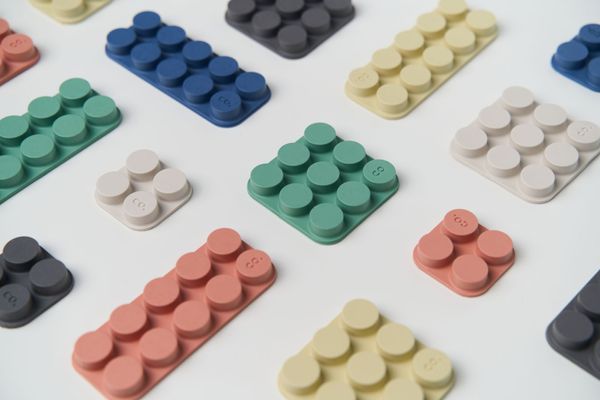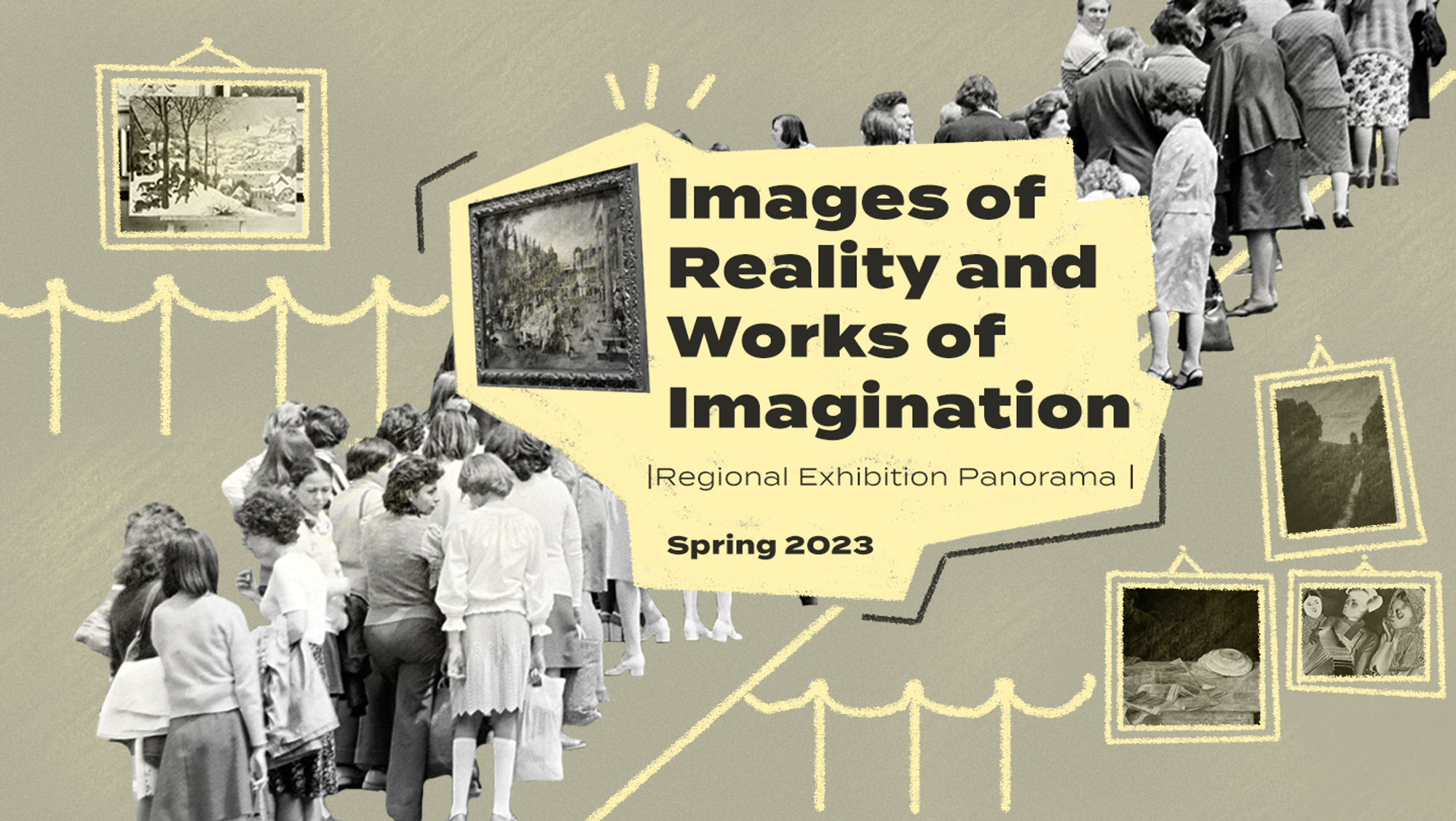Latvian still lifes, groundbreaking Polish sculpture, and Czech press photography—here are the exhibitions to see this spring, showcasing artwork from Central and Eastern Europe in the region and beyond.
Re-encounter: The Art Collection of Yakov Rubinstein
Warsaw-born Yakov Rubinstein (1900-1983) was one of the earliest Soviet art collectors. Although the part of his collection that remains in the family is relatively small, it gives an idea of what was once one of the most prominent private collections focusing on Russian–Soviet art of the first three decades of the 20th century.
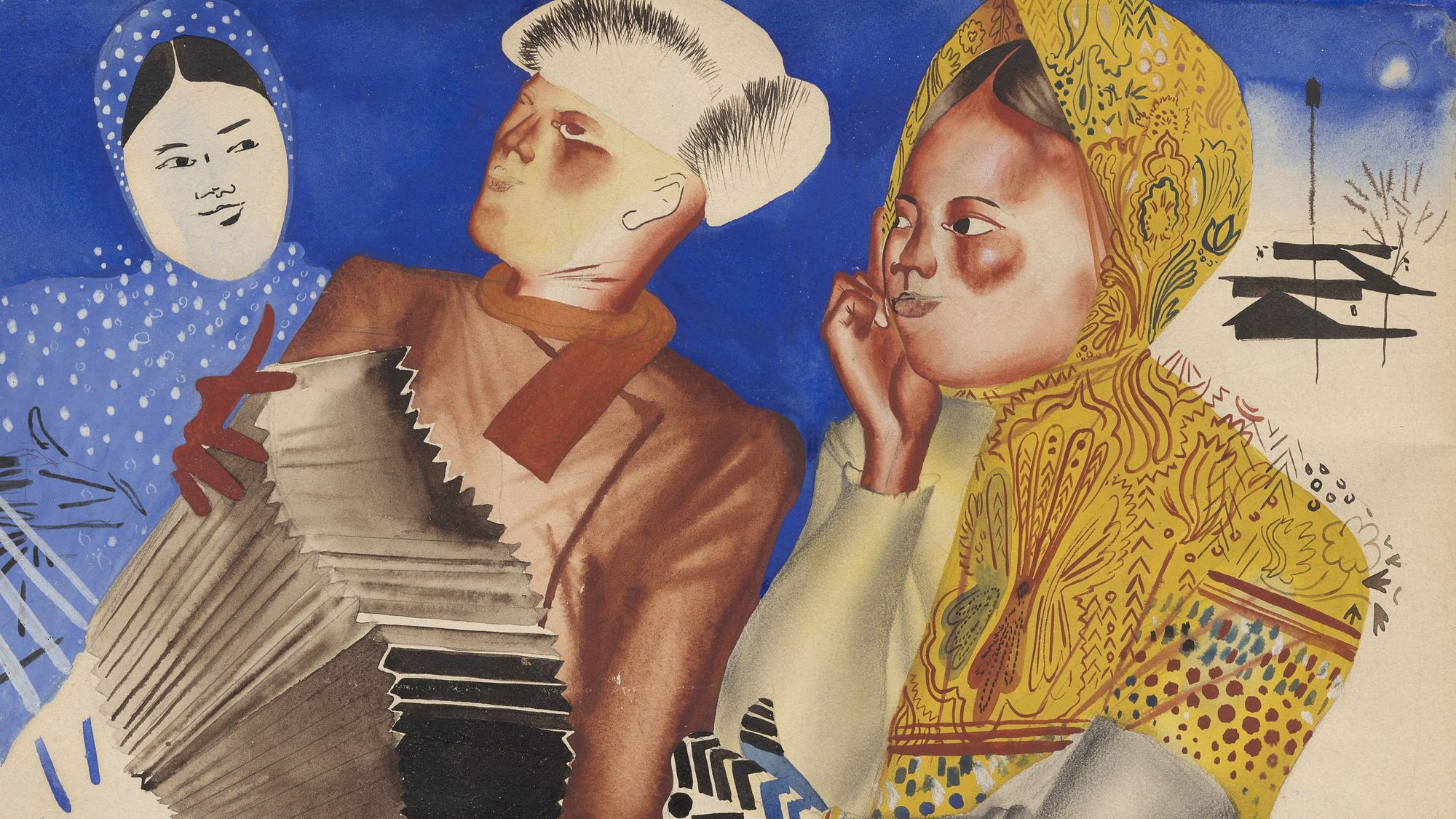
Where? Mikkel Museum, Tallinn, Estonia
When? Until April 30, 2023.
Futuromarennia: Ukraine and Avant-Garde
The exhibition offers an insight into Ukrainian avant-garde art, providing an opportunity to critically review the history of both Western and Russian avant-garde while presenting the specificities of the local art scene and international developments in contemporary art.
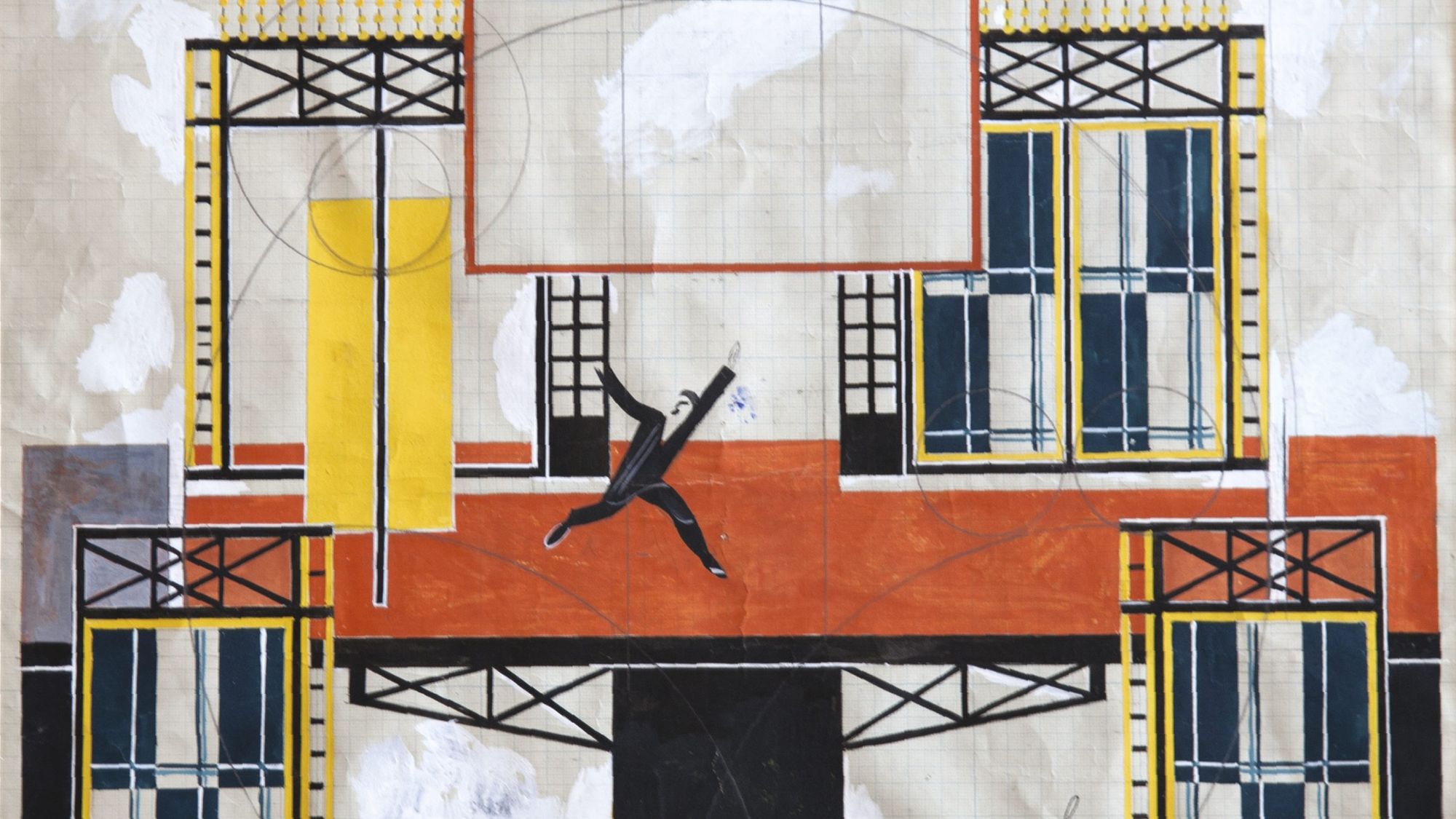
Where? Kumu, Tallinn, Estonia
When? April 8—September 10, 2023.
Imants Vecozols. Refraction of Light
The exhibition presents the œuvre of Latvian painter and educator Imants Vecozols (b. 1933), created over the course of seventy years. The artist painted mainly still lifes, but his painting practice is broad and varied, working in different genres and using a wide range of techniques. His work is permeated by an interest in the representation of Latvian life and everyday events.
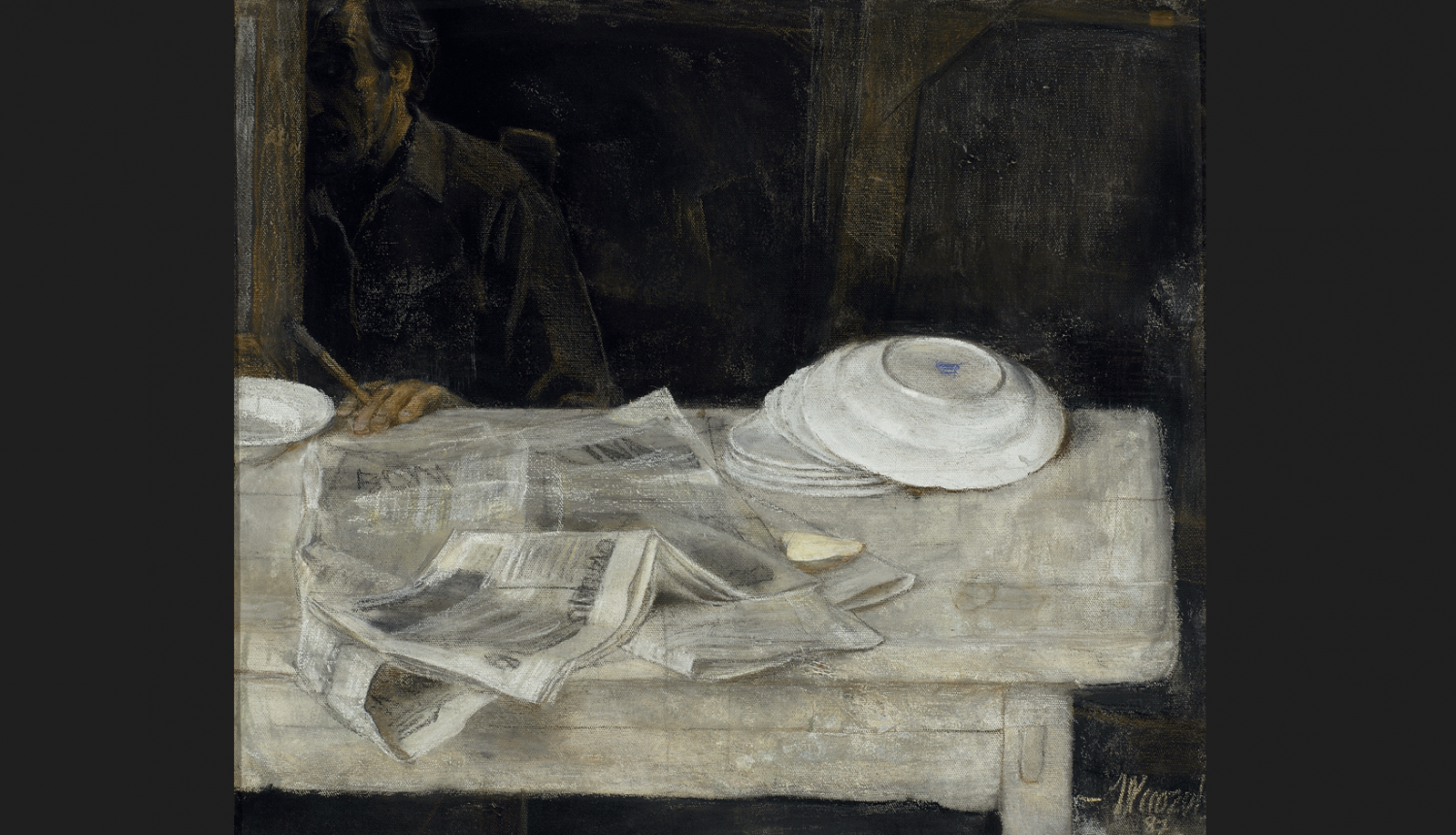
Where? Latvian National Museum of Art, Riga, Latvia
When? March 11—July 23, 2023.
The Dark Arts: Aleksandra Waliszewska and the Symbolism from the East and North
The exhibition features over 200 works by 36 Polish, Czech, and Baltic artists from the 19th century to the present day. The world-famous Polish artist Aleksandra Waliszewska’s works form the central focus of the exhibition, which is linked by symbolism and its themes—diseases, fears, wars, epidemics, mythological monsters.
Where? M. K. Čiurlionis National Museum of Art, Kaunas, Lithuania
When? Until May 22, 2023.
Aleksandra Młynarczyk-Gemza: Notes of a Madwoman
The title of Młynarczyk-Gemza’s debut novel (as well) is Notes of a Madwoman. The book explores her experiences of being a woman, an artist, and a person with a diagnosed mental illness in different aspects of life. The works on display at the MOCAK Library are illustrations of selected chapters from the novel.
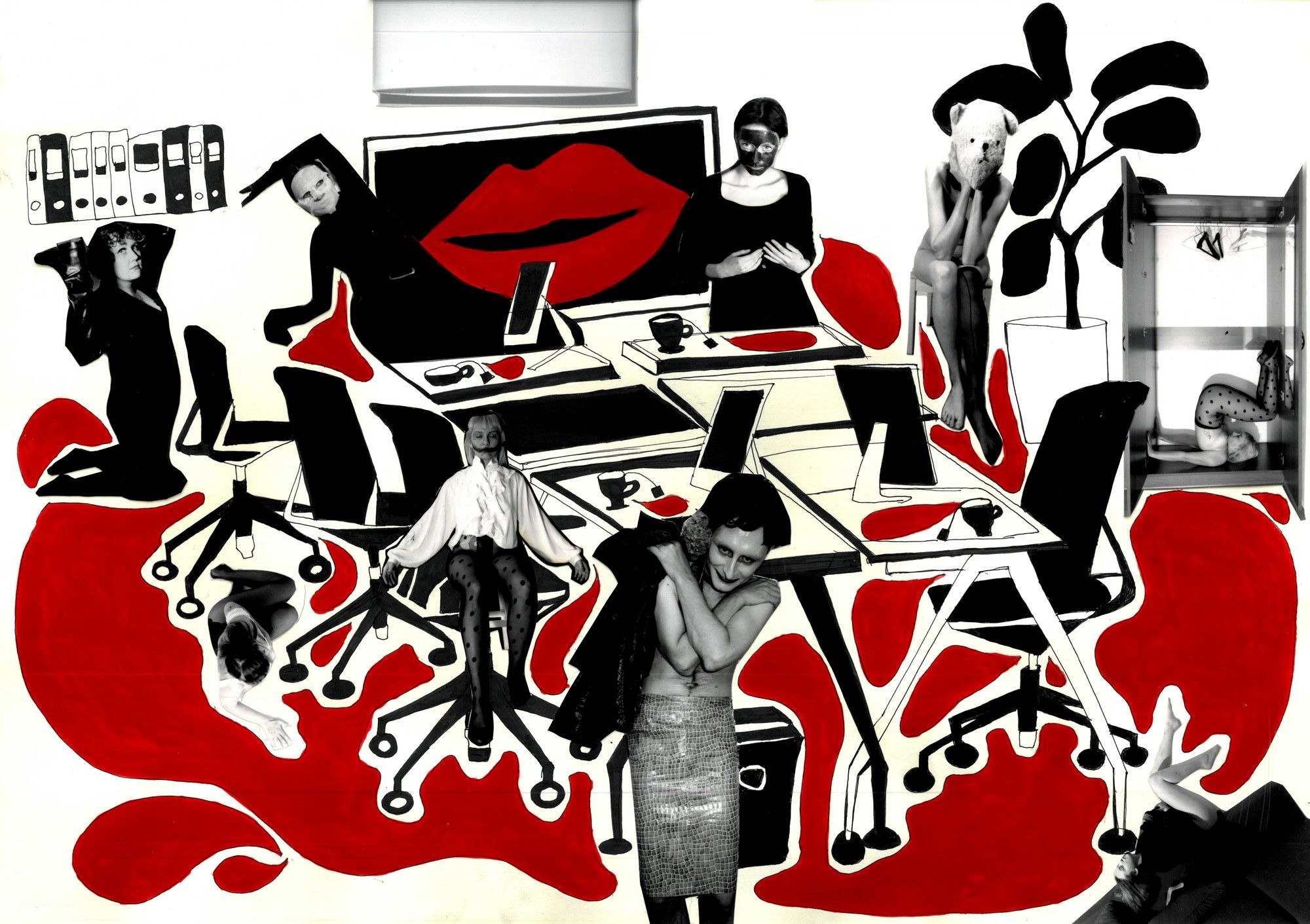
Where? MOCAK, Krakow, Poland
When? Until April 7, 2023.
Eva Koťátková: My Body Is Not an Island
Eva Koťátková combines objects, collages, costumes, and texts in a playful and poetic way, often in performative installations. She highlights how our personal lives are influenced by our social environment, as well as its codes and norms, and how machines limit or give space to the transformation of the body.
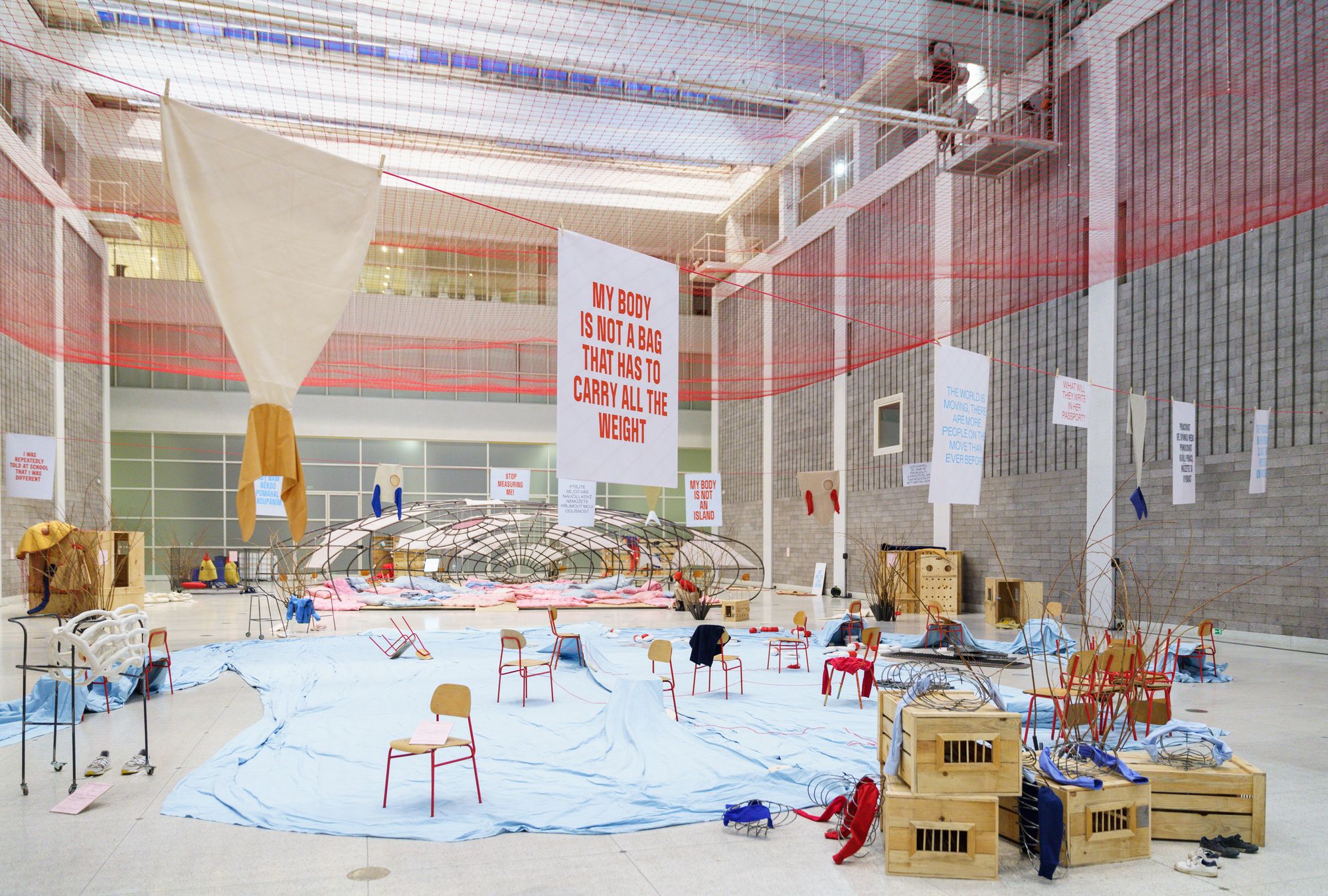
Where? National Gallery Prague
When? Until April 4, 2023.
Antonín Dvořák is an exceptional figure in Czech culture. He is one of the few Czech artists to achieve world fame in his lifetime. The exhibition presents the many awards the composer collected during his life, and also includes a final farewell to the composer, which became a major social event.
Where? National Museum, Prague, Czechia
When? Until April 7, 2023.
The exhibition showcases winning photographs from the Czech Press Photo competition and other selected photos from the dramatic past year, featuring images from Czech and Slovak photojournalists as well as the emerging young generation.
Where? National Museum, Prague, Czechia
When? Until July 31, 2023.
Pictorialism. Art Photography Around 1900
The exhibition highlights a significant chapter in the history of Austrian photography. The Pictorialist movement, which aimed to put photography on an equal footing with the fine arts, emerged before the turn of the century. To achieve this, they used sophisticated printing processes and the traditions of painting.
Where? Albertina Modern, Vienna, Austria
When? Until April 23, 2023.
Colour in Black and White – Josef Löwy’s Photography Turntable
In 1888, court photographer Josef Löwy was awarded the contract to photograph the imperial painting collection. He set up a provisional open-air studio in front of the Belvedere. The results, which were highly praised by the press at the time, still bear witness today to the photographer’s meticulous working methods and his drive for the ideal reproduction.

Where? Kunsthistorisches Museum Vienna, Austria
When? Until May 1, 2023.
János Vaszary was one of the great figures of Hungarian fine art. The paintings on display—twenty-four of which were previously unknown—represent almost every period of his œuvre. The paintings range from the early Impressionist period to expressive compositions, from his Parisian Art Deco style to his Danube Promenade pictures and Mediterranean seaside scenes.
Where? Hungarian National Gallery, Budapest, Hungary
When? Until April 2, 2023.
Tivadar Csontváry Kosztka is one of the most original and best-known artists in the history of Hungarian painting. On the occasion of the 170th anniversary of his birth, an exhibition presenting his complete œuvre will be held.
Where? Museum of Fine Arts, Budapest, Hungary
When? April 14—July 16, 2023.
The intellectual and conceptual roots of Katalin Ladik’s work are rooted in the multi-ethnic and feminist avant-garde of the former Yugoslavia. Through her work, she questions gender roles and female archetypes, using her body and voice as both a tool and a medium.
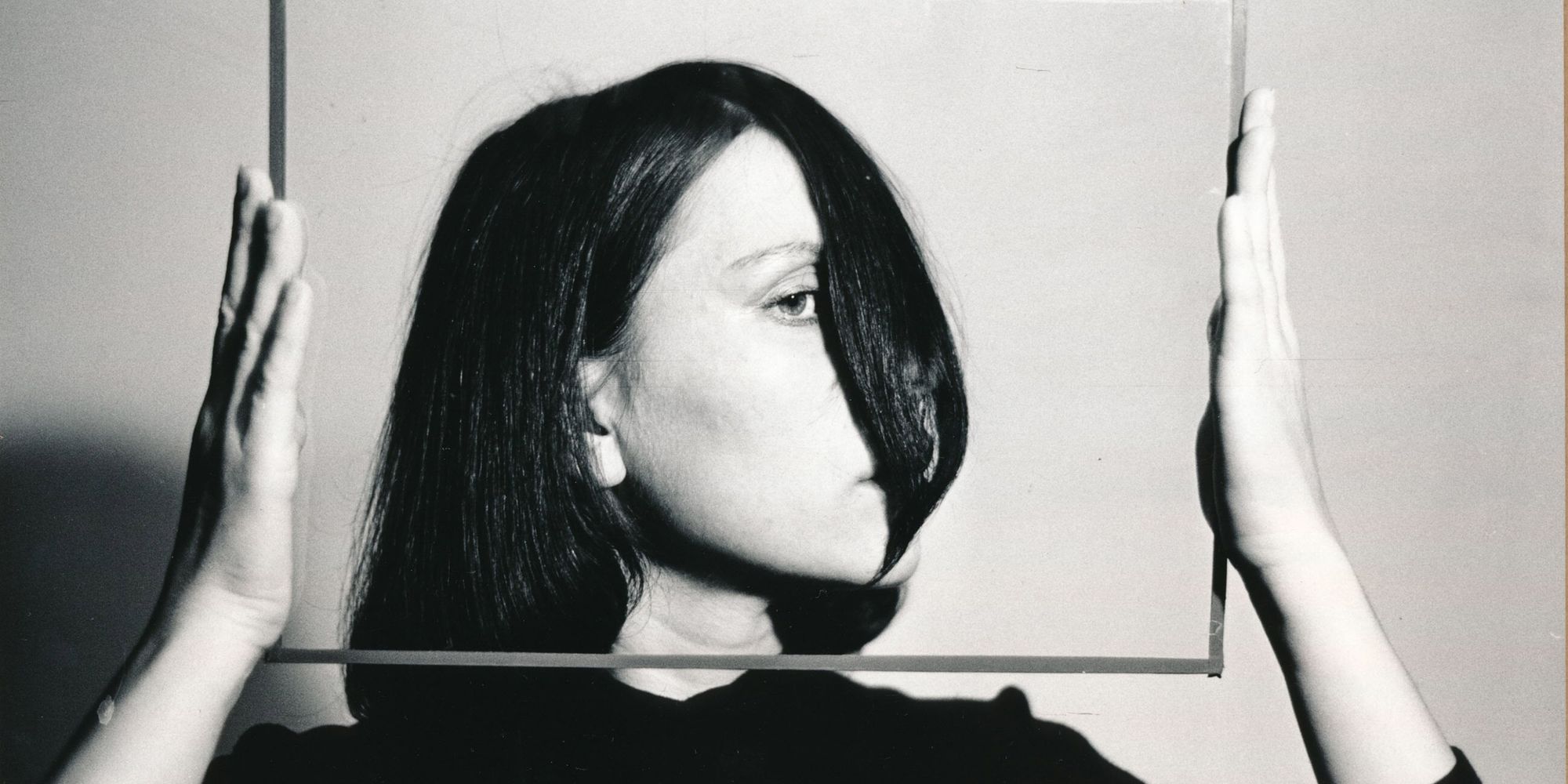
Where? Haus der Kunst, Munich, Germany
When? Until September 10, 2023.
Magdalena Abakanowicz Every Tangle of Thread and Rope
Magdalena Abakanowicz, the most renowned Polish sculptor, made sculptures from woven fiber in the 1960s and 70s. Soft, ambiguous, and organic, they were pioneers of a radically new form of installation and became known as the Abakans. The exhibition explores this transformative period of Abakanowicz’s practice when her woven forms came off the wall and into three-dimensional space.
Where? Tate Modern, London, UK
When? Until May 21, 2023.
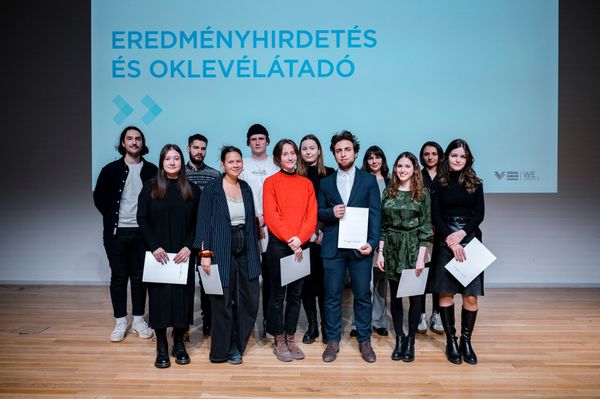
The Stefan Lengyel Scholarship for Excellence has been awarded

Hollywood celebrities, Ukrainian war analysis, and regional films at the 2023 Berlinale
